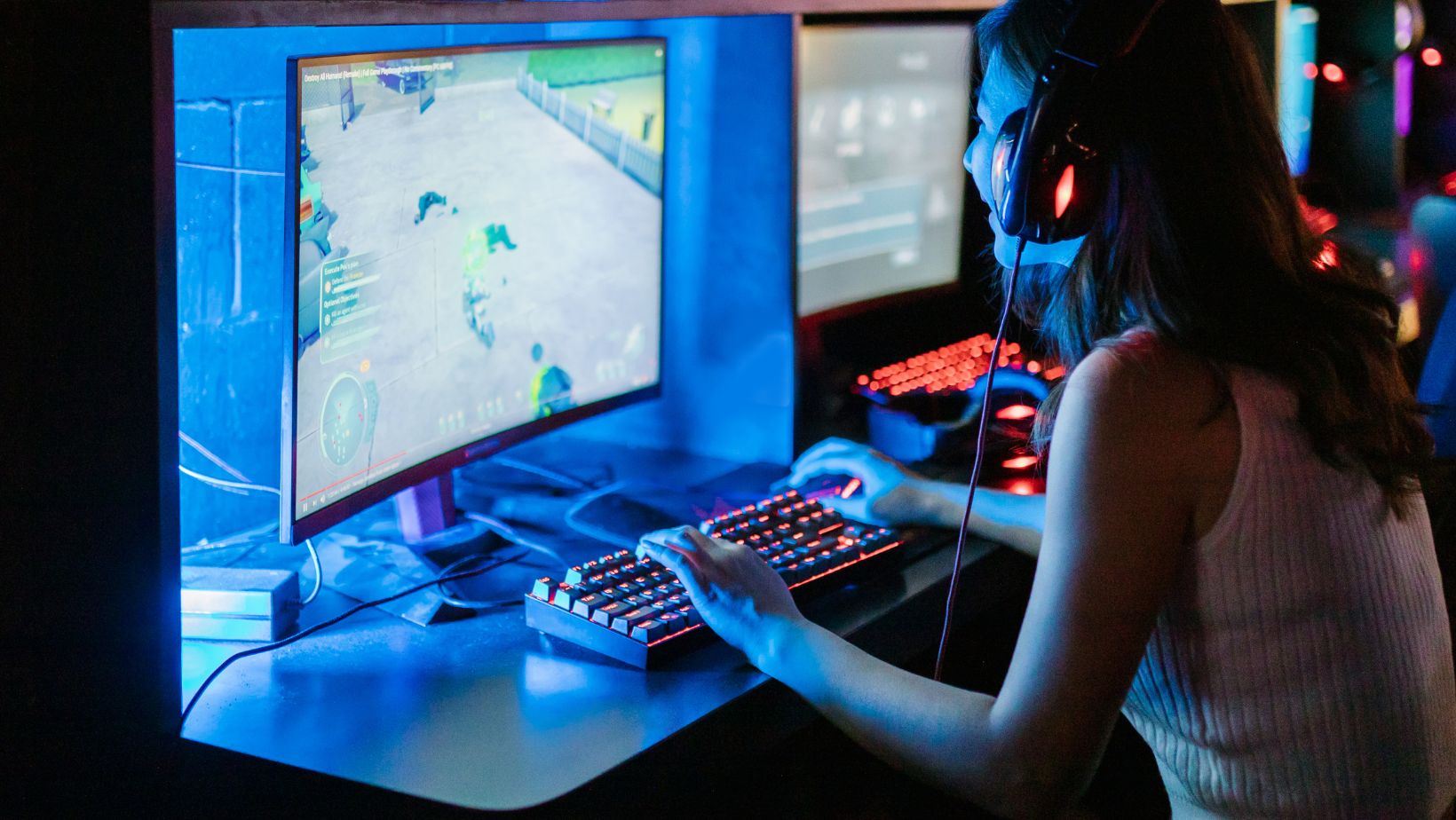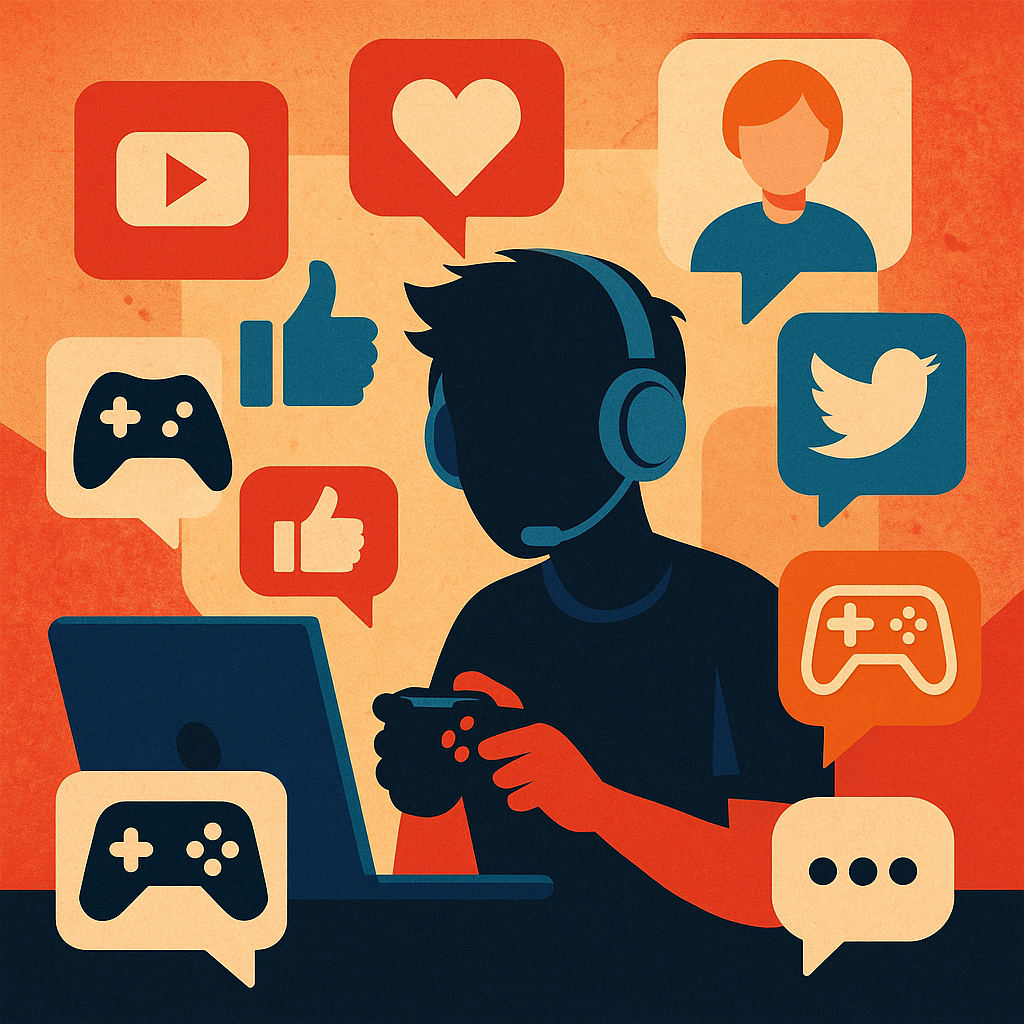When Likes Become Loot
Gaming and social media were once parallel worlds: one for entertainment, the other for expression. Today, they’re fused. You don’t just play a game—you post it, stream it, remix it. You don’t just build a character—you cultivate a personal brand. From Fortnite dances going viral to Twitch emotes becoming cultural shorthand, the space between “gamer” and “influencer” has collapsed. What used to be separate economies—play and presence—are now recursively entangled.
Within this fusion, platforms like online casino games guide play a distinct role: creating bridges between isolated game systems and broader visibility platforms. In the casino gaming ecosystem, where interface aesthetics and psychological feedback loops dominate, visibility equals legitimacy. The player’s identity—public, stylized, data-tracked—becomes part of the gameplay itself.
The Gamification of the Self
Social media is no longer just a gallery of updates—it’s a performance arena. And gaming, by its nature, rewards performance. The two logics mirror each other: competition, reward systems, visibility hierarchies. Every game now includes features for sharing, for flexing, for tracking progress and inviting applause.
But this is not connection. It’s metrics masquerading as friendship. Whether you’re collecting XP or likes, you’re being scored. And when play becomes performance, authenticity dissolves. You’re no longer gaming to relax—you’re gaming to be seen gaming.
From Community to Commodity
Gaming communities used to form around shared passions, modded servers, LAN parties, message boards. Today, they form around content creators and branded Discords. Community has become a function of distribution: how far your stream travels, how many reposts your clip gets, how much noise your avatar generates in a live chat.

Fans are followers. Guilds become subscriber tiers. Even “grassroots” tournaments are wrapped in sponsored overlays. The social layer isn’t just a supplement. It’s the main game. The player is the product. The community is the commodity.
Virality as Value
What makes a moment worth playing now? Often, it’s whether it can be clipped. A kill-streak, a glitch, a rage quit—if it’s entertaining, it spreads. Platforms reward this logic. TikTok and YouTube Shorts favor the dramatic over the strategic, the meme over the mechanic. Game design responds accordingly, optimizing for spectacle, not depth.
Virality flattens nuance. What gets shared isn’t necessarily what’s best—it’s what’s most visible. And so the games shift, slowly, toward short-term highs. The long arc of narrative, worldbuilding, or patience becomes harder to monetize. The viral economy deforms the medium.
Digital Labor in Disguise
Streaming, content creation, fan pages—it all looks like fun. But it’s also work. The lines are blurry. A 16-year-old uploading clips after school may not realize they’re training for a gig economy job with no contract and endless competition. Streamers burn out. Mods aren’t paid. Content creators churn updates to please invisible algorithms.
The social layer gamifies labor: engagement becomes obligation, creativity becomes routine. And unlike traditional work, the metrics are public. Everyone can see when you’re “underperforming.” Leisure becomes an always-on audition.
Surveillance and Self-Scripting
In a social gaming world, you’re always watched—by followers, trolls, moderators, sponsors, and the platforms themselves. You start curating yourself. Not just what you post, but how you play, what avatar you use, how you react. You learn to self-censor, to brand your rage, to be strategic with your sincerity.
Even the most casual act—laughing with friends in-game—is increasingly shaped by the potential of being clipped, shared, judged. There is no off-camera. And if you’re not performing, you’re disappearing.
Monetization of Play
The merger of social and gaming systems is also economic. Skins are designed for screenshots. Gear is purchasable because of envy. Streamers promote bundles. Brand collabs are native. Every layer of social presence is integrated into monetization flows.
The line between entertainment and ad is erased. Your followers become your customers. Your character’s style is an affiliate link. And every time you log in, you’re not just entering a game. You’re entering a market.
Algorithmic Tastes and Platform Decay
As social platforms mature, they feed users what “works.” In gaming content, this means oversaturated formats: reaction videos, kill compilations, drama streams. The algorithm trains the viewer to prefer the lowest common denominator. In turn, creators shape their output accordingly.

This feedback loop erodes innovation. The weird, the slow, the experimental—these get filtered out. And so gaming itself narrows, not because players are bored, but because discovery has been platformed out of existence.
The Illusion of Agency
Social gaming sells freedom: stream what you want, play how you want, build your own brand. But the system is already coded. Visibility is filtered. Virality is engineered. Success is shaped by metrics you don’t control and monetized by companies you don’t own.
You think you’re expressing yourself, but you’re following a script—optimized, tested, invisible. You’re still playing. But the rules have changed.
Platformed Reflexivity and the Capture of Play as Semiotic Labor
What emerges in the social gaming environment is not merely a collapse of boundaries between play and visibility, but a full ontological subsumption of the ludic gesture into the circuits of platformed reflexivity. The act of gaming, once anchored in immediacy and affective immersion, is reconstituted as a kind of semiotic labor—an endless modulation of performative output calibrated to algorithmic receptivity. Players are no longer engaging in games but in meta-games of legibility, where the primary objective is not victory but visibility. This shift enacts a deeper epistemic violence: agency is dislocated, not through prohibition, but through incentivized self-formatting. One does not simply play. One performs a version of play optimized for ambient extractability—an always-on spectacle of participation restructured to nourish the hunger of an indifferent feed.
Conclusion: You Are the Content
In the world of social gaming, the game never ends. It lives across devices, across platforms, across time zones. You play it on your screen, in your feed, in your sleep. You are the avatar. You are the timeline. You are the brand.
And the game is watching.


More Stories
Cloudysocial.com: Revolutionizing Social Media Management
CloudySocial Minison: A Game-Changer for Social Media Management
Crew.CloudySocial.com: An Overview